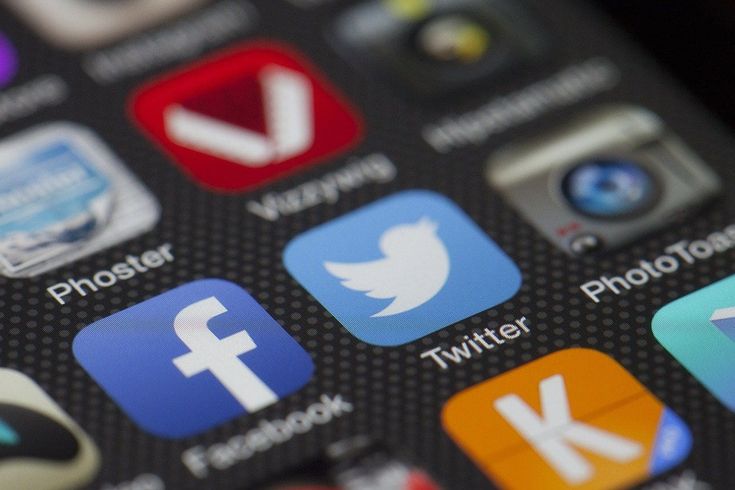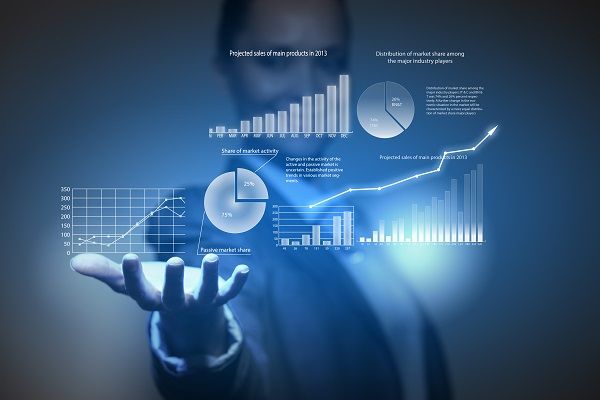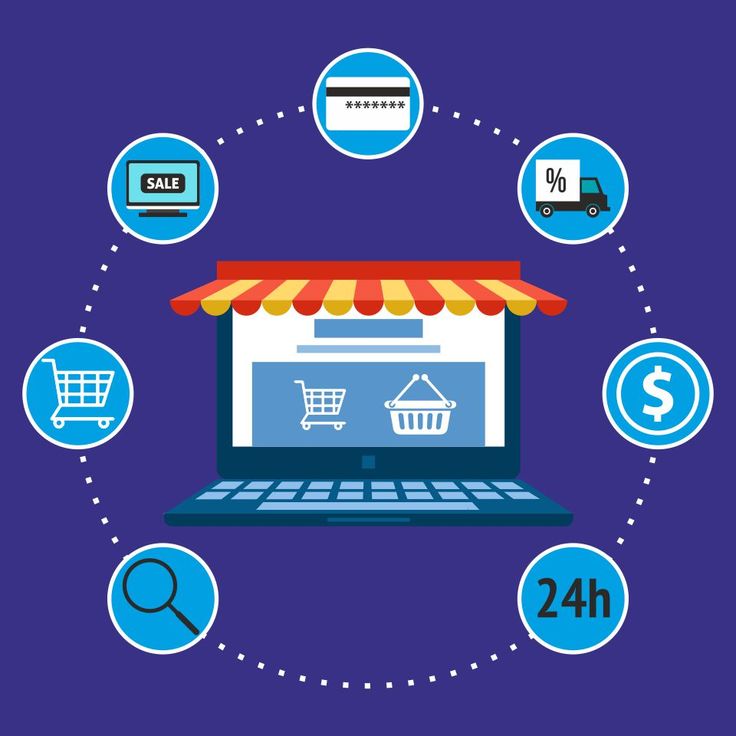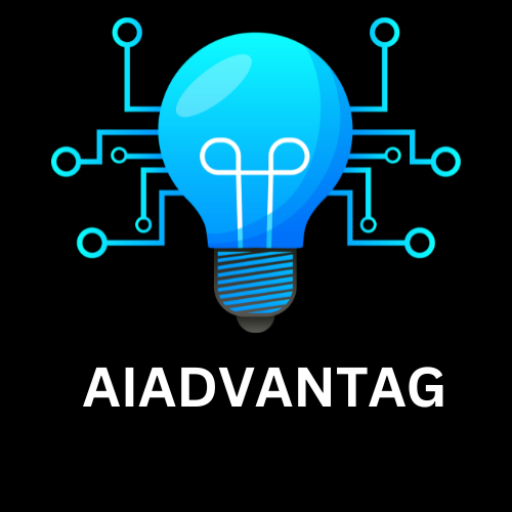Web 2.0 is the business revolution in the computer industry caused by the move to the internet as a platform, and an attempt to understand the rules for success on that new platform.”-Tim 0′ Reilly. It’s a simply improved version of the first world wide web, characterized specifically by the change from static to dynamic or user-generated content and also the growth of social media.
What is a Web 2.0 technology?
When it comes to define web 2.0. the term means such internet applications which allow sharing and collaboration opportunities to people and help them to express themselves online
The concept behind Web 2.0 refers to rich web applications, web- oriented architecture and social web. It refers to changes in the ways web pages are designed and used by the users, without any change in any technical specifications.
Darcy Dinucci- an information architecture consultant, coined the term Web 2.0 in her article “Fragmented Future”. The term was popularized by Tim O’Reilly and Media Live International in 2004.

> What are the examples of Web 2.0 applications?
- . Web 2.0 examples include following:
- Web applications (Google Docs, Flickr),
- social networking (Facebook),
- Content hosting services and many more.
- podcasting (Podcast Alley)
- folksonomies (Delicious),
- Microblogging (Twitter),
- wikis (MediaWiki),
- Video sharing sites (You Tube),
- blogs (Word Press)
So the major difference between web 1.0 and web 2.0 is that web 2.0 websites enable users to create, share, collaborate and communicate their work with others, without any need of any web design or publishing skills. These capabilities were not present in Web 1.0 environment. Now-a-days, the way web users are getting information has drastically changed.
• Today, users use content they are specifically interested in, often using Web 2.0 tools.
The difference shown below between some examples of Web l1.0 and 2.0 justifies why it’s time to move to the new version.
Advantages of Web 2.0:
- Available at any time, any place. Variety of media. Can create dynamic learning communities. Ease of usage. Learners can actively be involved in knowledge building.
- Everybody is the author and the editor, every edit that has been made can be tracked. User friendly. Updates in wiki are immediate and it offers more sources for researchers.
Web 2.0 tools and their features:
• Major features of Web 2,0 allow users to collectively classify and find dynamic information that flows two ways between site owner and site user by means of evaluation, comments and reviews.
•Web 2.0 sites provide APIs to allow automated usage by an app or mashup like provides location metadata that can be processed by a simple browser tool. It can be a powerful lure for an enterprise; with interactivity promising to fetch more employees into daily contact at a lower cost.
Adobe Flash, Microsoft Silverlight and JavaScript are used as rich web technologies in delivering web 2.0 in addition to Ajax, RSS and Eclipse. Its applications are based on the reorganized download methodology that made BitTorrent so fruitful that each downloader of content is also a server, sharing the workload and making the content more accessible.
The use of web 2.0 technologies and tools aids greater participation in projects and idea sharing. thus ideally leading to better thought out design and more efficient production, strengthening bonds with customers and improving communications with partners.
What is the future- Web 2.0 or Web 3.0?
The business forecasters are all claiming that Web 2.0 is an intermediate phase between the World Wide Web’s existence and a more established phase they’re calling Web 3.0. Web 3.0 is referred as intelligent web or third generation of internet based services. The term was coined by John Markoff in 2006.
He explained There is no easy consensus about how to define what is meant by Web 3.0, but it is generally seen as a reference to the semantic Web. While it is not that much more precise a phrase, the semantic Web refers to technology to make using the Internet better by understanding the meaning of what people are doing, not just the way pages link to each other.
Web 3.0 is supposed to be more connected and intelligent with major technology trends like semantic web, data mining, machine learning, natural language processing, artificial intelligence and other such technologies focused on information which is machine facilitated.
• So Web 3.0 is the idea of such a web that will store information in such a way that computers and other devices will understand on their own.
• FB app and Google Voice search, Apple’s Siri are some of the examples of web 3.0 usage.
The web as a whole can be designed more intelligently around serving a user’s wants or needs. The developers and authors, singly or in collaboration, can use self-descriptions or similar techniques so that the information provided by the new context-aware program is relevant to the user.

Types of E-Commerce:
The first thing that comes to our mind when we talk about eCommerce is that it is an online commercial or sales transaction that takes place between the supplier and the While the idea of the concept is right, there are more specific factors involved that categorize eCommerce into six major types.
Typically, eCommerce business models can be divided into six major types, such as.
- Business-to-Business (B2B)
- Business-to-Consumer (B2C)
- Consumer-to-Consumer (C2C)
- Consumer-to-Business (C2B)
- Business-to-Administration (B2A)
- Consumer-to-Administration (C2A)
This kind of eCommerce consists of all the electronic transactions and wholesalers and producers dealing with retailers.
Today, we find scores of electronic shopping sites and virtual stores on the web, that sell myriad products, ranging from computers, fashion items to even necessities.
Business-to-Consumer (B2C):
- Relationship between businesses and the end customers.
- The Business-to-Consumer eCommerce is related to the transactions
- This is mainly to do with the retail eCommerce trade that takes place online.
- With the inception of the internet, B2C eCommerce has evolved to a great extent.
- In this case, the customer has more info about the products in the form of informative content and there is also a chance to buy products at cheaper rates.
- Most times, quick delivery of the order is also maintained.
Consumer-to-Consumer (C2C):
- This consists of electronic transactions of products and services between two customers.
- These are mainly conducted through a third party that provides an online platform for these transactions.
- Sites, where old items are bought and sold, are examples of C2C eCommerce.
Consumer-to-Business (C2B):

- In this, a complete reversal of the selling and buying process takes place.
- This is very relevant for crowdsourcing projects. In this case, individuals make their items or services and sell them to companies.
- Some examples are proposals for company site or logo, royalty free photographs, design elements and so on.
Business-to-Administration (B2A):
- In this kind of eCommerce transaction, there are dealings between companies and public administration.
- It encompasses different services, such as social security, fiscal measures, legal documents, employment and so on.

Consumer-to-Administration (C2A):
- In this eCommerce model, electronic transactions are carried between individuals and public administration.
- Some examples are distance leaning, information sharing, electronic tax filing, and so on.
- The main objective of both the B2A and C2A types of eCommerce is to increase flexibility, efficiency, and transparency in public administration.
The Internet: Technology Background:
The Internet is an interconnected network of thousands of networks and millions of computers, linking businesses, educational institutions, government agencies, and individuals.
The Internet provides approximately 3.3 billion people around the world with services such as e-mail, apps, newsgroups, shopping, research, instant messaging. music, videos, and news.
• No single organization controls the Internet or how it functions, nor is it owned anybody, yet it has provided the infrastructure for a transformation in commerce scientific research, and culture. The word Internet is derived from the word internetwork, or the connecting together of two or more computer networks.
The Web is one of the Internet’s most popular services, providing access to billions perhaps trillions, of web pages, which are documents created in a programming language called HTML that can contain text, graphics, audio, video, and other objects, as well as “hyperlinks” that permit users to jump easily from one page to another. Web pages are navigated using web browser software.

Evolution of the Internet: 1961- the Present: Today’s Internet had its start about 55 years ago and has slowly evolved since then. The history of the Internet can be segmented into three phases.
The Innovation Phase, From 1961 to 1974, the fundamental building blocks of the Internet- packet-switching hardware, a communications protocol called TCP/IP, and client/server computing were conceptualized and then implemented in actual hardware and software.
Defense (DoD) and the National Science Foundation (NSF) provided funding and legitimization for the fledging Internet. The Internet’s original purpose was to link large mainframe computers on different college campuses. This kind of one-to-one communication between campuses was previously possible only via the telephone system or private networks owned by the large computer manufacturers.
The Institutionalization Phase, From 1975 to 1995, large institutions such as the U.S. Department Defense (DoD) and the National Science Foundation (NSF) provided funding and legitimization for the fledging Internet.
Once the concepts behind the Internet had been proven in sever government-supported demonstration projects, the DoD contributed million to further develop them into a robust military communication system. This effort created what was then called ARPANET (Advanced Projects Agency Network).
In 1986, the NSF assumed responsibility for the development of a civil Internet (then called NSFNET) and began a 10-year-long $200 million expansion program.
In conclusion –
Web 2.0 is the business revolution in the computer industry caused by the move to the internet as a platform, and an attempt to understand the rules for success on that new platform. Major features of Web 2,0 allow users to collectively classify and find dynamic information that flows two ways between site owner and site user by means of evaluation, comments and reviews. The first thing that comes to our mind when we talk about eCommerce is that it is an online commercial or sales transaction that takes place between the supplier and the While the idea of the concept is right, there are more specific factors involved that categorize eCommerce into six major types.
How many types of E-Commerce
Business-to-Business (B2B)
Business-to-Consumer (B2C)
Consumer-to-Consumer (C2C)
Consumer-to-Business (C2B)
Business-to-Administration (B2A)
Consumer-to-Administration (C2A))
NEW POST
FOLLOW ON TWITTER






